Reserva Playa Tortuga (RPT) is committed to making a difference. This non-profit biological research and education center was founded in 2009. It is dedicated to environmental conservation and education of the next generation.
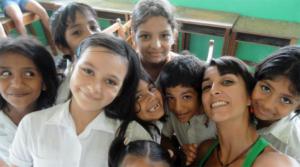
Reserva Playa Tortuga (RPT) has a number of aims such as research in the fields of biological and conservation management, as well as creating a culture of environmental conservation in the regions affected by the wetlands in the Terraba-Sierpe basin. RPT is committed to developing and implementing community-based projects, and conservation management solutions. The Reserve offers a unique opportunity to researchers, volunteers, and community members to become involved in their various projects. The Reserve is located on a 75-acre Biological Preserve that is now protected in a land trust for perpetuity. There are biologists and guides on staff, and rotating volunteers from a number of foreign countries all working hard to protect and monitor the environmental resources in the region.
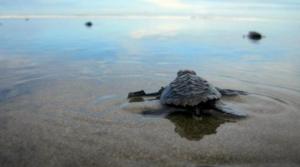
Their primary and most famous project is the Turtle Rescue Program. The beach where they set up their 24-hour camp is primarily an Olive Ridley turtle nesting beach. The nesting period runs from July to December, with the peak nesting period during the months of September and October. During these months, it is possible to volunteer as part of the beach patrols. You may actually see turtles nesting every other night and sometimes up to two or three in one night. Due to local poaching, the eggs are removed from the nests on the beach. They are then carefully taken to the camp hatchery to keep them safe from predators and poachers where they can mature until they are ready to be released. In the hatchery, these young turtles are part of contributing valuable data on incubation period, nest temperatures and how this affects the sex of the hatchlings, as well as environmental factors such as precipitation and physical environmental factors.
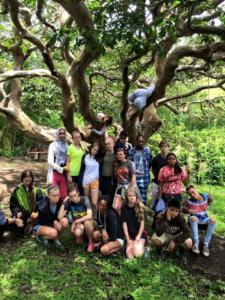
Recognizing that education of the next generation is the most effective way to really bring in environmental changes, the Reserve has a very active Environmental Education Program with the local schools and community children. Part of the Reserve’s core mission is to educate and actively engage with the youth and community members in the area. The Program offers a year-long curriculum of modules based on educating the youth in the area. The Reserve offers lectures, guided tours, field trips, and even a summer camp for the local school children as a means of creating environmental awareness, and hopefully, ultimately real change in the future.
Another on-going project is the Butterfly Garden Project. The primary objective of this Project is the on-going investigation of native species of butterflies, and all aspects of their reproductive cycle. To this end, the staff and volunteers working on this Project have also created a garden to supplement the food source needed to nourish their resident butterflies in the garden. There are a series of environmental education workshops available to the local schools.
The Mammal Inventory Project is a large-scale project as there are more than 11 species of mammals to be found on the property. The most common of these species include the raccoons, coatis, kinkajous, weasels, river otters, tayra, and different species of monkeys. Anteaters, opossums, and sloths are also residents on the Reserve, but not as easy to track. Yet the Reserve does have mounted motion cameras sprinkled along the nature trails used by these resident mammals, and often captures amazing and beautiful images on video of the visiting wildlife. These mammals are important indicators of the over-all health of the rain forest. Collecting on-going data about their behavior, diet, and movements all contribute to a greater understanding necessary to achieve the reforestation plans for this coastal region and establish Biological Corridors.
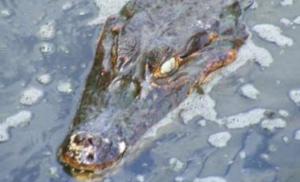
The Crocodile Monitoring Project is an exciting adventure into the world of caimans and crocodiles for those brave enough to trek into their watery domains. For now, the main objective of this study is to collect important data on species distribution, their relationship with the environment, and the impact of humans on their ecosystem. All of this data is being collected to assist in the conservation and management of these important species in the Southern regions of Costa Rica.
If you are excited about the scope of the valuable work being done by this dedicated environmental conservation group, then you can also apply to work within their Volunteer Project. Your support is instrumental in implementing, maintaining, and developing the various research and education programs that the Reserve carries out throughout the year.
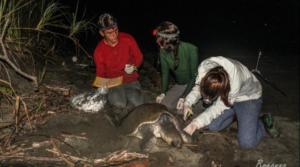
For more details on all the important work that the Reserve is doing, and if you would like to contribute in any way to the changes and improvements achieved through their various projects, you can learn more from http://reservaplayatortuga.com.
